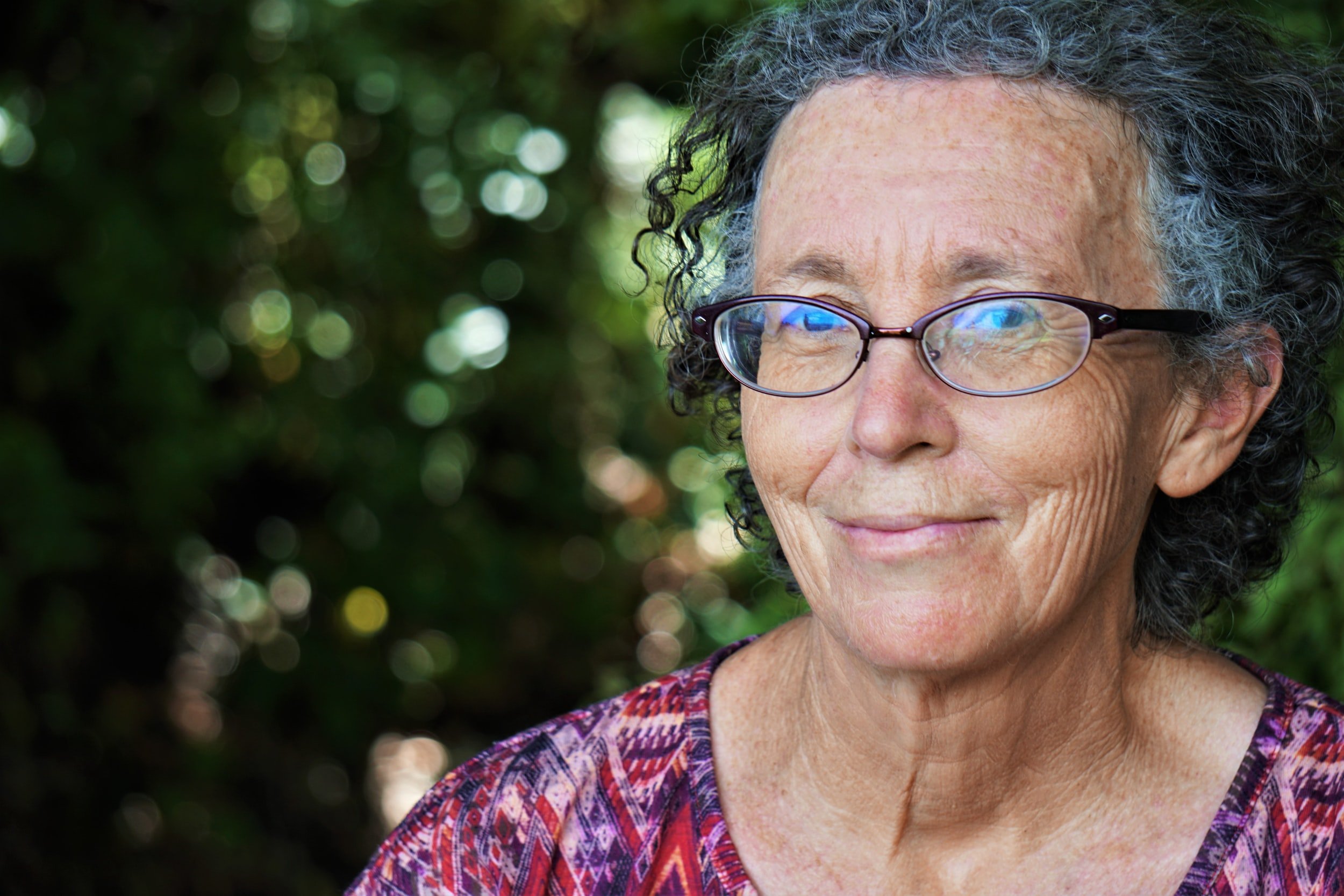Overcoming Barriers to Successful Collaboration
by Janet Salmons, PhD, Research Community Manager for SAGE Methodspace and author of two books on collaboration: Learning to Collaborate, Collaborating to Learn and Reframing and Rethinking Collaboration in Higher Education and Beyond with Narelle Lemon.
What prevents collaboration from succeeding?
We need to be able to collaborate with other researchers and writers, as well as gatekeepers and stakeholders. Perhaps we want long-term, full-project partners, or we just need someone with skills or expertise to collaborate on a specific part of a larger process. Either way, what keeps us from finding and working successfully with others? A business-focused book by Morten Hansen(2009) offered insights that have stuck with me. He outlines four barriers that resonate in a social research context:
First Barrier: Unwillingness to Seek Input and Learn from Others
This can be a self-inflicted problem when we are reluctant to ask for help or support. Maybe we are used to a do-it-yourself work mode or are shy about reaching out to people you don’t know. Perhaps you are working in a team with good relationships and you are reluctant to bring in new members. Or it can be attributed to organizational culture, as Hansen explains:
Sometimes it is the norm in a unit that people are expected to fix their own problems. In other cases, formal and informal reward systems may give more credit for heroic individual efforts than for collaborative efforts. (p. 24)
As Hansen observes, we risk closing out other valuable insights:
As in-group members spend time with one another to the exclusion of outsiders, they necessarily restrict the influx of new viewpoints and reinforce their own commonly held beliefs. As a result, they become prone to the not-invented-here syndrome, in which ideas, knowledge and inventions developed outside their own group are rejected. (p. 24)
In a research context, this might leave us more vulnerable to negative reviews on the proposal or article, because we’ve missed something that another’s perspective might have brought to light.
Second Barrier: Inability to Seek and Find Expertise
In this situation we are willing to find collaborative partners, but we don’t know where to look. As Hansen describes it,
this needle-in-a-haystack problem can become a significant barrier to collaboration: Somewhere in the [academic institution, field of study] someone often knows the answer to a problem, but it is nearly impossible to connect the person who has the expertise with the person who needs it. (p. 24)
We know the partner we need is out there, but how do we find them? We can search for someone who has needed skills, but how do you find someone with the same passion for the kind of research project you want to undertake? Making cold calls or sending emails to a stranger can be intimidating.
Third Barrier: Unwillingness to Help
Hansen observes that sometimes we find what we think is the right person, but they don’t want to get involved with the project we have in mind. They could be reluctant to share what they know — or fear we want to take their work or intellectual property. Or, they could simply be too busy, already engaged in too many commitments.
Fourth Barrier: Inability to Work Together and Transfer Knowledge
This barrier could encompass many possible obstacles, logistical, cultural, or stylistic. Collaboration typically builds on knowledge exchange and transfer, which means having listening and communication skills, mutual respect, and cultural understanding. It involves trust, as well as group problem solving. The person or group with the expertise needed for the project might not have the practical or human skills essential to making it work together.
What can we do to prevent or overcome these barriers?
As with any real or potential problem, knowing the risks means we can be better prepared. First, be clear about the value someone else (or another group or organization) can add to your project. What do we want? A shared commitment to the whole research project, or a more limited contribution? Are we prepared to take the time needed to build new relationships? Can we sincerely invite new partners feel free to add their points of view? When the time comes can we swallow hard, bite our tongues, and listen when others’ views are counter to our own?
Let’s start thinking about the importance of collaborative partners from the beginning of the research or writing project. Let’s think about ways collaboration will be beneficial, so we allow enough time to find and cultivate the relationships that will make the project more robust than we could have achieved alone.
If we are faced with the needle-in-the-haystack problem we might need to ask trusted colleagues to consider their networks and make an introduction. We will need to have a quick elevator-speech version of the project so we can quickly communicate the essential information and gauge interest.
Find more tips about successful collaboration in this month’s Methodspace focus and valuable posts from the archives.
Hansen, M. (2009) Collaboration: How Leaders Avoid the Traps, Build Common Ground, and Reap Big Results. Boston: Harvard Business Review Press
























